Haworthia striped: characteristics, planting and care features
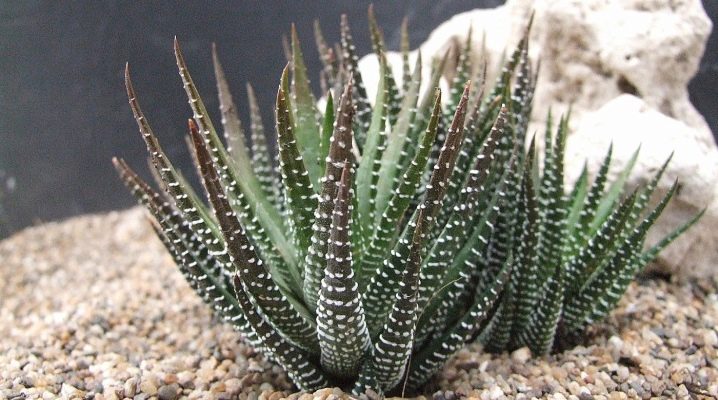
Not all growers prefer flowering plants. Many people breed modest and unpretentious succulents, the variety of forms of which allows you to create unique and interesting compositions. Their center and main element is often haworthia, namely: striped haworthia. This type can be considered the most common.

Characteristic
This plant belongs to the Xanthorrhea family. Some sources indicate that it belongs to the Asphodelics, but now the latter are considered a subfamily, hence the discrepancies. Haworthia owes its name to the scientist Adrian Haworth, who studied the African flora. In nature, it can look like a kind of a meter high bush. Indoors, it is a compact plant that grows up to about 20 cm both upward and in width.
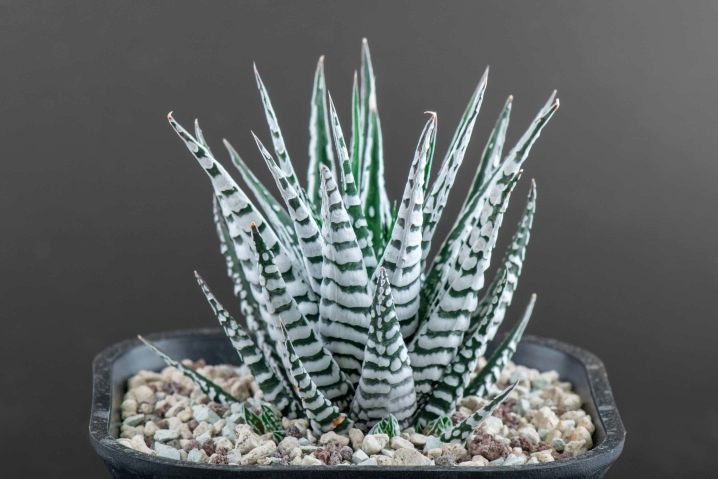
Haworthia comes from South Africa, so it has developed features characteristic of succulents and cacti living in hot arid climates. The plant has almost no stem, there are only long fleshy leaves., rather wide at the base and tapering towards the ends, forming a rosette. Outwardly, haworthia striped a little resembles aloe, but it is more "peaceful", since it has no thorns.
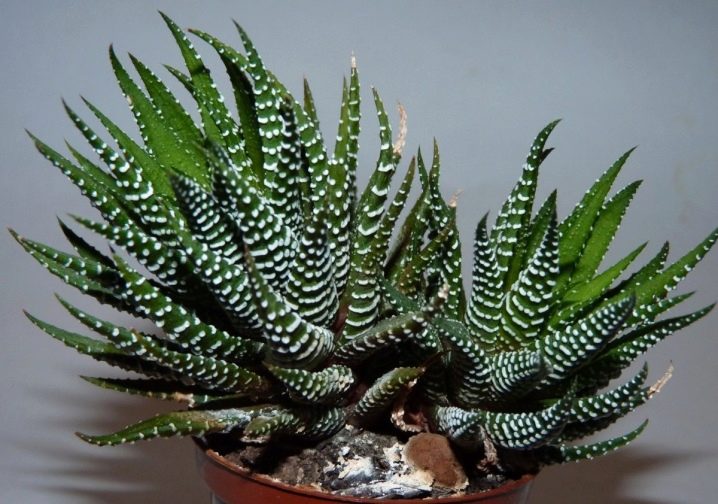
But, instead of them, emerald leaves are abundantly covered with white small growths arranged in stripes, making the plant very elegant.
Landing rules
Since Haworthia grows in its homeland almost in deserts, it also needs light sandy loam soil, with good water permeability. It is better to take the composition approximately as follows:
- coarse sand;
- clay-sod soil (leaf can be added);
- small shell rock.
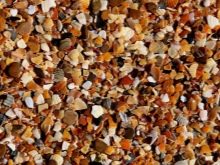
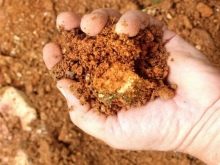
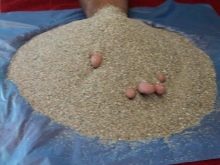
All components must be in equal parts. If it is not possible to prepare the substrate yourself, then the soil is suitable for succulents and cacti or for growing bonsai from a flower shop.

It is important to provide drainage from small broken bricks or expanded clay.
Haworthia striped grows slowly, it rarely needs a transplant, no more than once every 3 years, so you need to immediately select a container of the optimal size for a new bush, not too tight, but not "for growth." It is not worth planting this plant in a deep vessel, since then the root system will begin to develop vigorously to the detriment of the aboveground part. In addition, stagnation of water in the roots may occur, and this is highly undesirable.
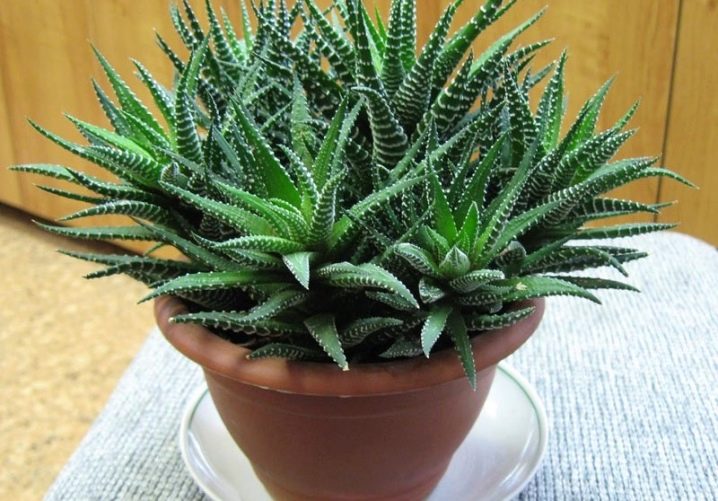
As for the material from which the haworthia pot will be, there are no special recommendations. A succulent plant feels great in both plastic and ceramic containers. Here you can only be guided by your own preferences for the appearance of the vessel. As for the shape of the pot, it is believed that in rectangular or square containers, the roots in the corners are bent and can rot.
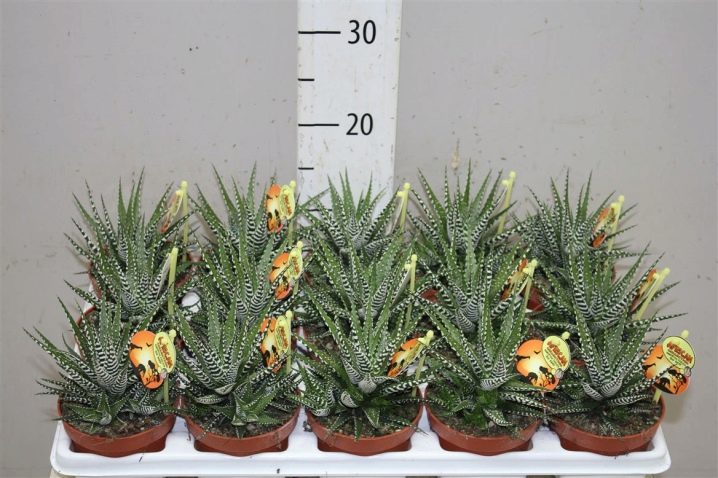
How does it bloom?
Usually haworthia striped is grown as an ornamental deciduous plant, but it can also bloom. Most often, flowering occurs in spring or summer. A long peduncle appears from the middle of the rosette, it can reach from 50 to 90 cm.At the very end of the stem, several small, odorless, whitish flowers bloom, having a spike-like arrangement, but at some distance from each other.

The inflorescence looks quite elegant, but not everyone considers it to be a decoration of the plant. Some suggest simply cutting off an undesirable addition so that it does not take away strength from the main bush. This is already a matter of taste.

Subtleties of care
The African origin of haworthia striped has determined the peculiarities of its cultivation in indoor conditions. It is very well adapted to survival in an arid climate, which is confirmed by the reviews of flower growers. There are cases when Haworthia, forgotten for several months, did not die and was completely restored after watering.
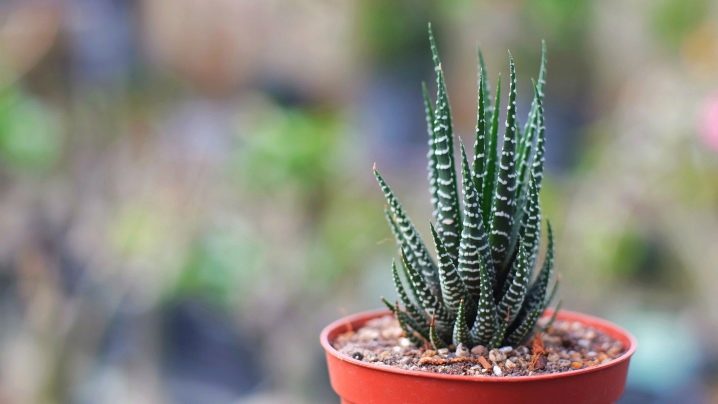
Of course, we do not urge to subject the plant to such tests, so we will tell you how to create coziness and comfort for it.
Light
Providing the Haworthia with sufficient lighting is important, but it does not like direct sunlight, as well as strong shading. The sill of the east or south-east window will be the ideal "residence". Here the plant will receive just as much scattered light as needed.
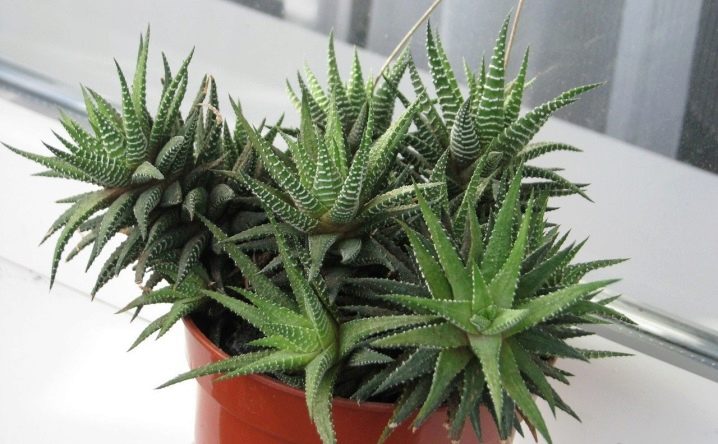
Air temperature
Probably the first association that comes to mind at the word "Africa" will be heat. But for haworthia striped, the temperature is not higher than + 20.25 ° C. And with higher rates, it is also worth ventilating. If possible, in the summer, it is better for the plant to stay in the fresh air, so it will definitely not overheat, but then you need to protect it from rain.
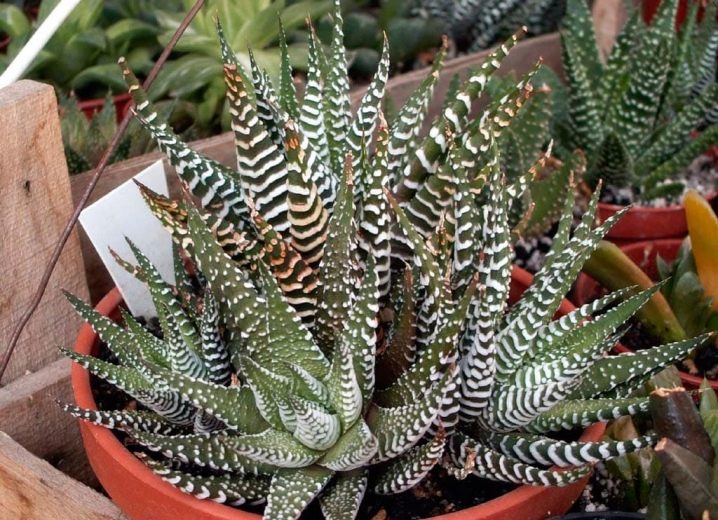
In winter, Haworthia has a dormant period, and during this season the indoor temperature should be reduced to + 10 ° C. Florists recommend placing small plants between the frames. If the rosette of leaves is too large for such a space, the haworthia pot can be moved closer to the glass and protected from the effects of heating devices (for example, with a small sheet of plywood or a box).
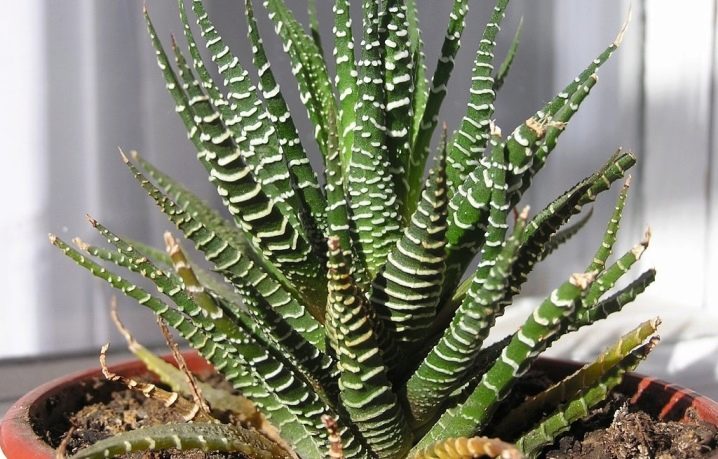
Humidity and watering
Watering succulents is needed, like all other plants, but excess moisture can lead to death. Watering is best with filtered or lukewarm water. The frequency of this process depends on the environment. In a hot, dry room, you will have to water the plant more often.
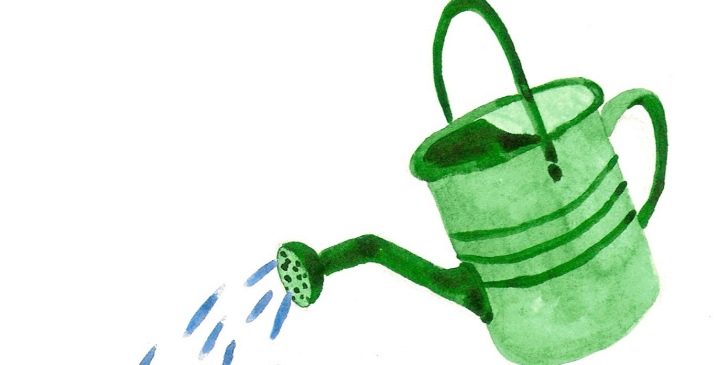
It is best to focus on the condition of the soil. When the top layer of the substrate dries well, then you need to water it. If you are not sure if the ground is dry enough, wait another day or two. Approximate watering schedule:
- in summer, autumn, spring - once every 3 days;
- in winter - 2 times a month.

Care must be taken to ensure that no water remains in the pan; excess must be drained. Withering lower leaves are a sign of over-watering.
Although Haworthia does not like rain, it is sometimes necessary to remove dust from the leaf plates. Since the plant is small, you can simply wipe it all over with a damp cloth. On a hot summer day, a warm shower is permissible, but after it, it is better to blot the leaves with a napkin so that no water remains in the sinuses.
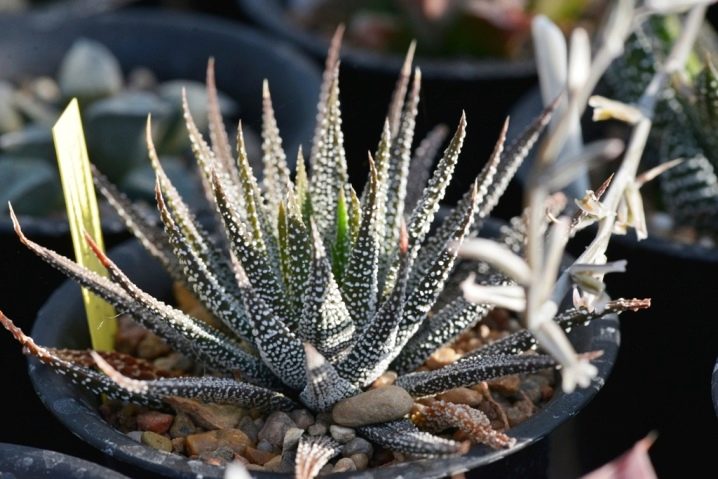
Top dressing
In nature, striped haworthia grows on rather poor soils, and at home it does not need to be fed intensively. But since the plant is rarely transplanted, the potted substrate is still depleted. Therefore, about 1 time per month in the spring-summer period, it is worth fertilizing the soil with a special top dressing for succulents and cacti. It is diluted according to the instructions on the package and applied simultaneously with watering (some growers recommend preparing a solution in half proportion).

An excess of fertilizers will manifest itself as a change in the color of the leaves to yellow or reddish, then it is better to increase the time between dressings a little, and adjust the dose next time.
Breeding features
To decorate the interior, compositions of various types of succulents are often used, but several bushes of striped haworthia alone, planted in one wide container, look very decorative. Moreover, it is not difficult to propagate these plants. There are several ways.
Children
In striped haworthia, you can often see small rosettes extending from the main bush, over time, roots are formed on them. For a transplant, this is the best option. Then you can just carefully separate the baby from the mother plant (and sometimes you don't even need to dig it out) and move it to a prepared pot with moist soil.
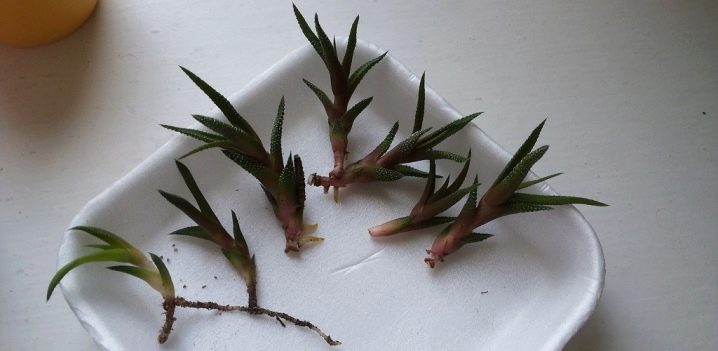
If a small outlet has to be cut off, and there are no roots on it yet, then the process will be a little more complicated:
- sprinkle the cut with activated carbon and dry for 2-3 days;
- place in wet sand to form roots;
- no need to water, it is better to moisten the substrate from the sprinkler;
- after root formation (usually after 4 weeks), transplant into a prepared container.

Leaves
This plant is capable of forming roots not only on formed rosettes, but also on individual leaves. They should be treated in the same way as with unrooted children. It is not recommended to create greenhouse conditions; when covered with film or glass, there is a high probability of decay. It is better to propagate haworthia with children and leaves in spring.

Seeds
Since the plant in question blooms, then the seeds are formed from it, you can buy them at a flower shop, but it is more difficult and longer to breed Haworthia in this way.
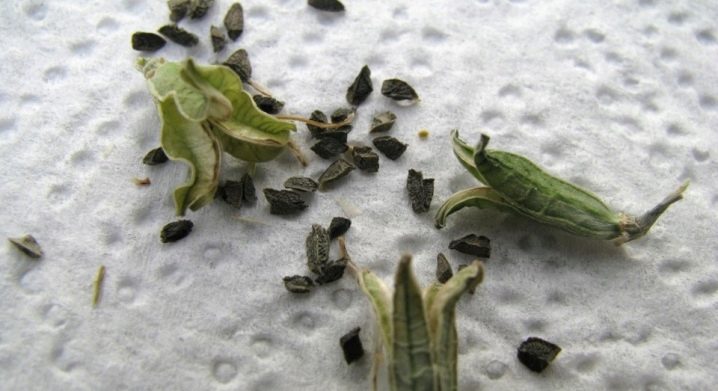
Step by step process:
- prepare a moist loose substrate or sand;
- spread the seeds on its surface, slightly pressing them deeply;
- cover the container with glass or film;
- maintain an air temperature of about + 25 ° C and sufficient lighting.
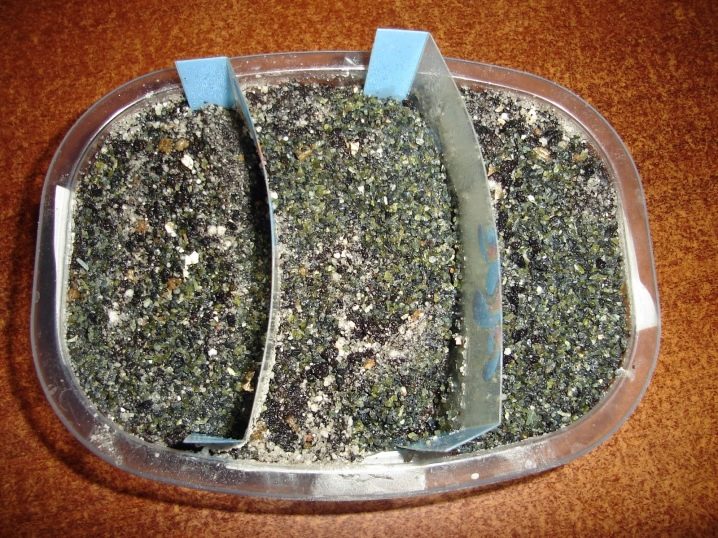
After the appearance of the first shoots, the shelter is removed. The growth of seedlings is slow, and it will be possible to dive them only in a few months, and, possibly, in a year. Throughout the entire period of development of young plants, maintaining temperature and lighting is a very important condition.
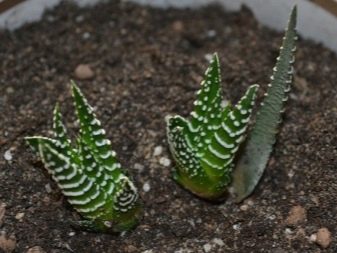
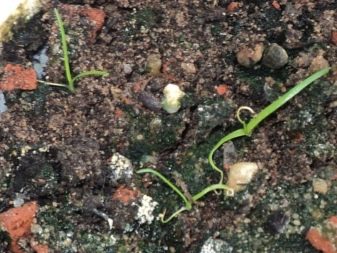
The haworthia should be transplanted into permanent containers in the spring.
Diseases and pests
Since succulents are sensitive to excess moisture, rot is most dangerous for them. But if you pay close attention to the schedule and process of watering, such diseases can be avoided.
Of the pests on Haworthia, mealybug and scale insects most often appear. Plants are usually infected outdoors in summer. Wiping the leaves with a solution of laundry soap helps well against parasites. If more powerful means are required, you can use "Aktara" or "Actellik". Processing is carried out 2 times with an interval of a week.
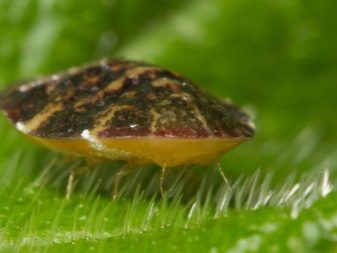
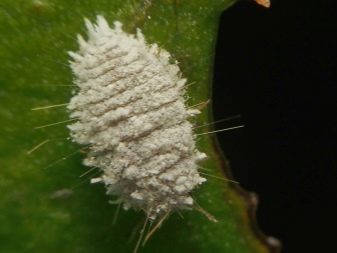
In general, haworthia striped is undemanding to the conditions of detention, it looks interesting - both separately and in compositions. It can be recommended for growing to novice growers.
How to plant striped haworthia, see the video below.


















































The comment was sent successfully.